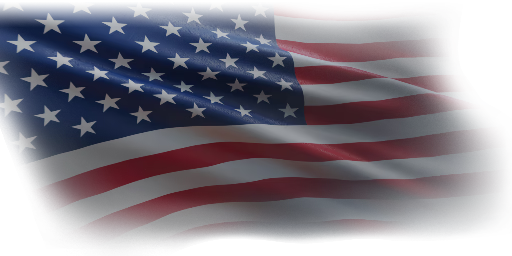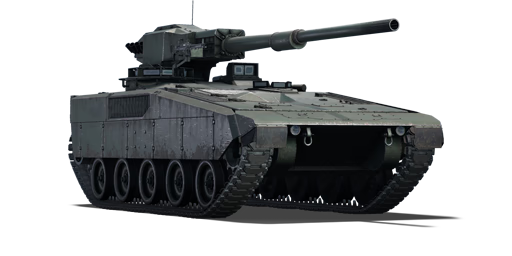The usage of the M551 Sheridan airborne/reconnaissance tank in combat in places like Vietnam enabled the United States to gather experience on what they liked or didn't like about lightweight armored vehicles in combat operations. This allowed the United States to establish the baseline requirements when opening the Armored Gun System (AGS) program to find a replacement to the M551 for their airborne forces. One contender in this contest was Teledyne Continental Motors (TCM), which produced their own AGS design in the early 1980s. Their design was submitted and was distinguished for its unmanned turret when compared to competitors like the CCVL. However, the CCVL ended up winning the AGS program and the TCM AGS design was not adopted. TCM continued to utilize their AGS design for export sales attempt after the program's conclusion.
Introduced during Update "Winged Lions" as a reward for the 2021 Operation W.I.N.T.E.R. event, the AGS presents a unique platform for American operators with its unmanned turret on top. The sheer small size of the turret sticking on top of the hull makes this vehicle extremely survivable in a hull-down position as enemies would struggle to incapacitate the vehicle due to the tiny target the turret presents, and the right attack angle needed to damage the critical components and crew in the AGS hull. With a -10 degree gun depression, the AGS can be quite useful in hull-down positions against enemies as well. That said, if the AGS gets targeted by anything equipped with autocannons and above, they will quite easily shred it apart. So the AGS is best used once an ideal hull-down location can be found that hides the hull but exposes the turret, but don't plan to stay very long lest artillery or a bomb finds the AGS' position.













